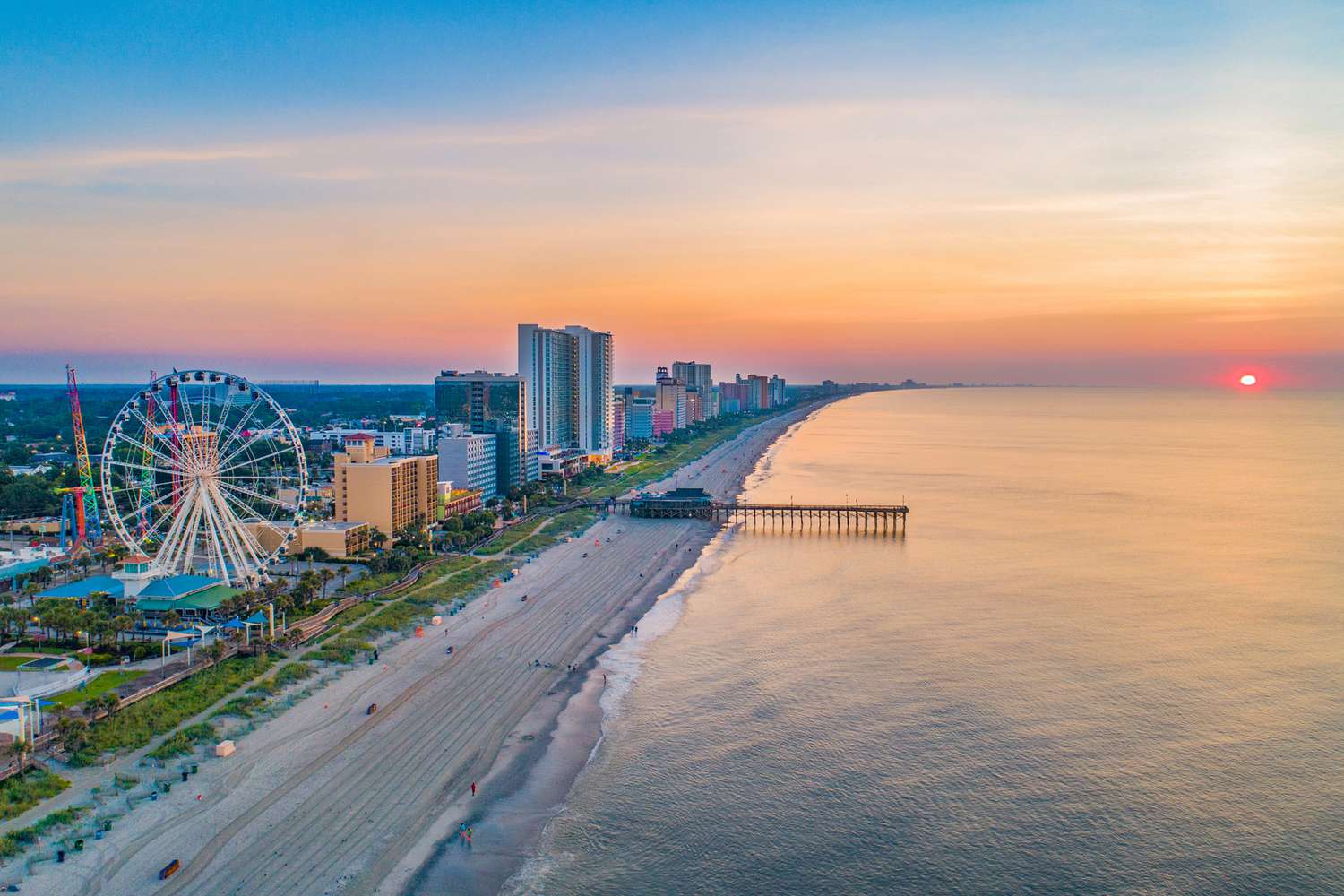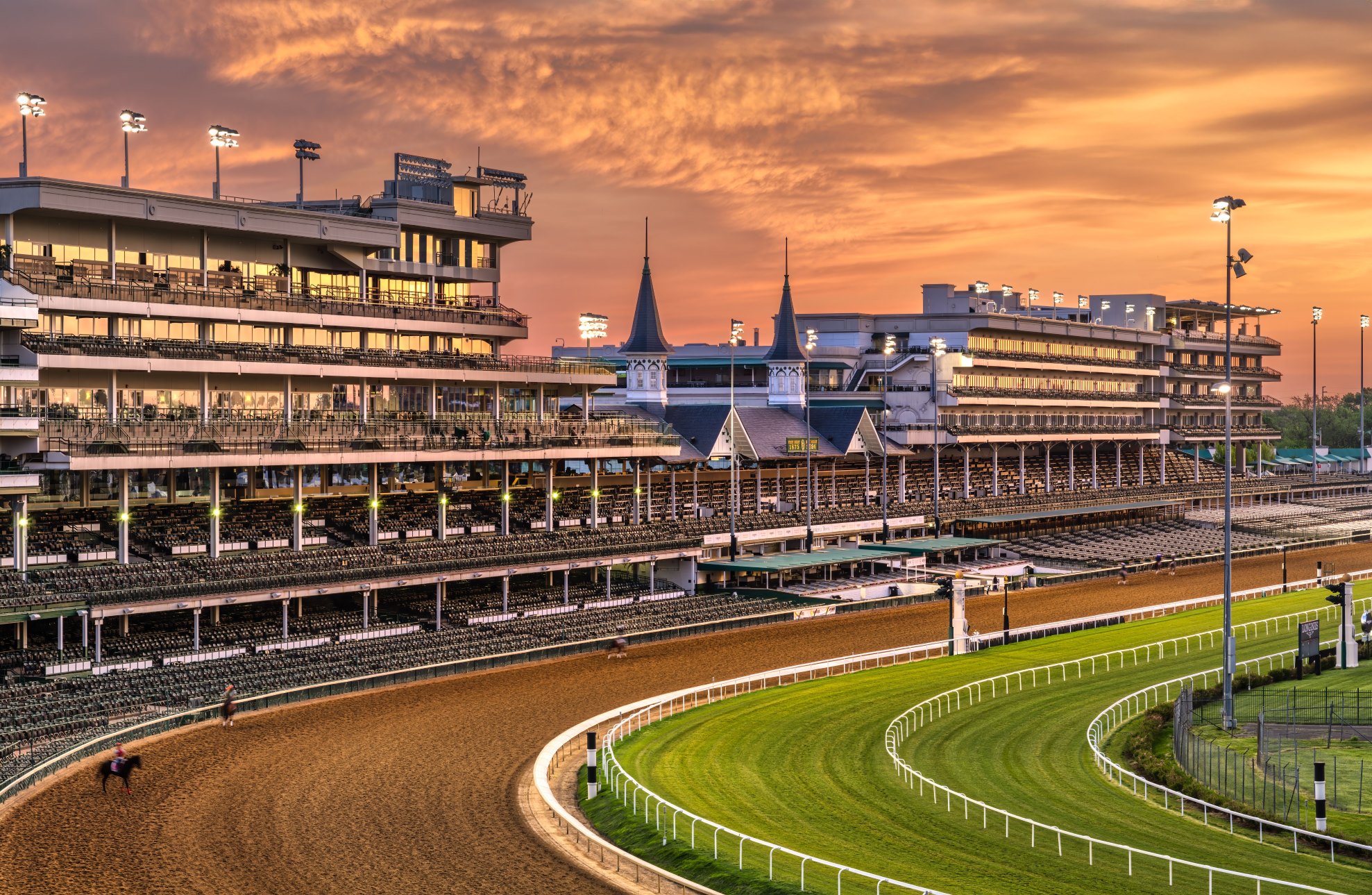
Uncover the Rich History of Cripple Creek, Colorado: A Journey Through Time
Cripple Creek, Colorado, boasts a rich and storied history that dates back to the late 19th century. The city's origins can be traced to the discovery of gold in the area in 1890, which sparked a gold rush and led to the rapid development of the town. The Cripple Creek Mining District became one of the most productive gold mining areas in the United States, attracting thousands of prospectors and settlers seeking their fortunes in the rugged terrain of the Rocky Mountains.
The city's population swelled, and it quickly became a bustling hub of activity, with numerous mines, businesses, and residences springing up to support the burgeoning mining industry. The boom years of Cripple Creek saw the construction of grand Victorian-era buildings, including opulent hotels, theaters, and banks, which still stand as a testament to the city's prosperous past. The wealth generated by the gold mines fueled a vibrant social scene, with saloons, gambling halls, and entertainment venues catering to the miners and entrepreneurs who flocked to the area.
The city's rich history is evident in its well-preserved architecture and historic landmarks, which offer a glimpse into the opulence and excitement of its early days as a mining boomtown.
Exploring the Historical Treasures of Cripple Creek, Colorado
Cripple Creek's historical treasures are a testament to its fascinating past and offer visitors a unique opportunity to step back in time and experience the city's rich heritage. The Cripple Creek Heritage Center serves as a gateway to the city's history, providing interactive exhibits and engaging displays that showcase the stories of the pioneers, miners, and entrepreneurs who shaped the region. Visitors can explore artifacts, photographs, and multimedia presentations that bring to life the challenges and triumphs of those who sought their fortunes in the gold rush era.
The Mollie Kathleen Gold Mine, a historic gold mine that offers underground tours, provides an immersive experience that allows visitors to descend into the depths of a working gold mine and learn about the arduous labor and ingenuity required to extract precious metals from the earth. Additionally, the Cripple Creek District Museum houses an extensive collection of artifacts and memorabilia that chronicle the city's evolution from a rough-and-tumble mining camp to a thriving community. From mining equipment and personal effects to period clothing and furnishings, the museum offers a comprehensive look at daily life in Cripple Creek during its formative years.
Cripple Creek: A City Steeped in History
Cripple Creek is a city steeped in history, with its roots deeply intertwined with the boom and bust cycles of the mining industry. The city's historic downtown district is a treasure trove of architectural gems, with well-preserved buildings that harken back to its heyday as a bustling mining town. The Imperial Hotel, built in 1896, is a prime example of Victorian-era elegance and has hosted notable figures such as Theodore Roosevelt and Harry Houdini.
The Hotel St. Nicholas, constructed in 1898, exudes old-world charm and offers a glimpse into the luxurious accommodations enjoyed by the city's elite during its golden era. The Cripple Creek & Victor Narrow Gauge Railroad, a heritage railway that operates vintage steam locomotives and passenger cars, provides visitors with an authentic journey through the region's mining history.
The scenic train ride traverses historic mining sites and offers panoramic views of the rugged landscape that once echoed with the sounds of pickaxes and dynamite. The city's historic preservation efforts have ensured that its rich history remains palpable, allowing visitors to immerse themselves in the sights and sounds of a bygone era.
Uncovering the fascinating past of Cripple Creek, Colorado, reveals a tapestry of human endeavor, resilience, and ingenuity that defined the city's early years. The Cripple Creek Fire Department Museum showcases the heroic efforts of firefighters who battled blazes in the city's wooden structures during its formative years. The museum's collection includes vintage firefighting equipment, photographs, and accounts of historic fires that threatened to engulf the burgeoning community.
The Old Homestead House Museum offers a glimpse into Cripple Creek's colorful past with its well-preserved brothel turned museum. Visitors can explore rooms furnished in period style and learn about the lives of the women who worked in the establishment during the city's boom years. The museum provides insight into the social dynamics and economic realities of Cripple Creek's early days, shedding light on a lesser-known aspect of its history.
Embarking on a journey through time in the city of Cripple Creek allows visitors to gain a deeper appreciation for its rich history and enduring legacy. The Cripple Creek Jail Museum offers a sobering look at law enforcement in the Old West, with exhibits that detail the lives of prisoners and lawmen who grappled with maintaining order in a frontier town. The museum's cells, gallows, and artifacts provide a poignant reminder of the challenges faced by those who sought to establish law and order in a rapidly growing community.
The Outlaws & Lawmen Jail Museum delves into the colorful characters who left their mark on Cripple Creek's history, including notorious outlaws and legendary lawmen who shaped the city's reputation as a rough-and-tumble mining town. Visitors can explore exhibits dedicated to famous figures such as Bat Masterson and Soapy Smith, gaining insight into their exploits and influence on the city's development. These museums offer a multifaceted view of Cripple Creek's past, highlighting the diverse experiences and personalities that contributed to its vibrant tapestry of history.
Cripple Creek is a city with a storied past that continues to captivate visitors with its wealth of historical attractions and evocative landmarks. The Cripple Creek Historic District encompasses over 40 historic buildings that reflect the city's prosperity during its gold mining heyday, offering a glimpse into its vibrant commercial and residential architecture. The district's well-preserved streetscapes provide an immersive setting for exploring the city's past and appreciating its enduring architectural legacy.
The Butte Theater, originally constructed in 1896 as a hardware store before being converted into a theater, stands as a testament to Cripple Creek's enduring cultural heritage. The theater hosts performances that celebrate the city's history through music, drama, and storytelling, providing audiences with an entertaining window into its colorful past. By embracing its historical significance through engaging attractions and preservation efforts, Cripple Creek ensures that its storied past remains an integral part of its identity for generations to come.
Whether you have a vacation rental, land for sale, or a historic hotel, dreambuyrent.com listing platform offers it all.









